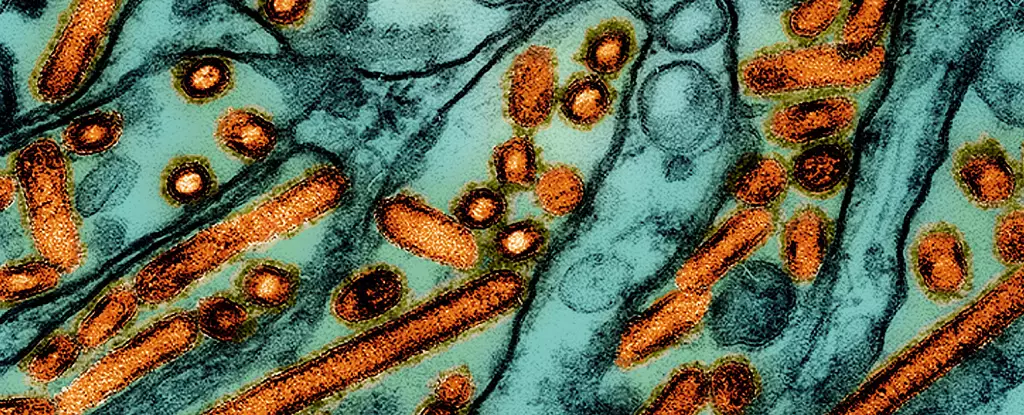In a troubling development, public health officials have reported an elderly patient in Louisiana hospitalized in “critical condition” due to a severe case of avian influenza, specifically the H5N1 strain. This incident marks a notable escalation in the virus’s impact on humans, as it is the first severe case documented in the U.S. amidst the current outbreak, which has resulted in a total of 61 reported infections nationwide. The situation has prompted fears of a potential avian flu pandemic, leading states like California to declare emergencies in response to the growing health threat.
Historically, the H5N1 virus has been known to cause significant morbidity and mortality in birds, but its spillover into human populations raises critical concerns. Prior to this Louisiana case, individuals affected by the virus in the U.S. had experienced mild symptoms and recovered without needing hospitalization. The gravity of the current situation brings palpable anxiety, echoing recent severe cases in other countries, such as a teenager hospitalized in Canada.
The latest patient, noted to be over 65 and carrying underlying health conditions, was exposed to sick and deceased birds from backyard flocks. The Louisiana Department of Health confirmed that the individual is grappling with severe respiratory illness attributed to the H5N1 infection. The Centers for Disease Control and Prevention (CDC), which oversees the national response to infectious diseases, has expressed concern regarding the potential for the virus to proliferate. According to Demetre Daskalakis, a senior official with the CDC, the history of H5N1 has demonstrated a tendency to inflict severe illness, with mortality rates in other countries reaching as high as 50%.
Such statistics necessitate a robust response from health authorities to monitor and contain the spread of the virus effectively. The rapid identification of the D1.1 genotype of the virus in Louisiana offers a key insight into tracking the outbreak’s path and understanding its transmission dynamics. Comparatively, this genotype has also been linked to cases in Washington State and British Columbia, indicating a broader geographic reach that could complicate containment efforts.
In light of the heightened alert, California’s declaration of a state of emergency is a significant step to mobilize resources swiftly. Governor Gavin Newsom emphasized the need for government agencies to enhance monitoring systems and bolster support for the agriculture sector. The state’s proactive stance underscores the essential role of effective government response in the face of potential zoonotic disease emergence, especially one that has demonstrated severe effects in specific populations.
Simultaneously, the CDC is advocating for increased vigilance. Experts, including Rebecca Christofferson from Louisiana State University, caution against complacency while stressing the importance of intensified monitoring. The unpredictable nature of H5N1 raises the question of whether silent spillovers from animal populations to humans are occurring undetected and whether asymptomatic human-to-human transmission could pose additional risks.
As the U.S. grapples with the immediate challenge presented by avian influenza, health officials are preparing for a variety of scenarios, including potential human transmission. The government has stockpiled bird flu vaccines as a precautionary measure, recognizing the inherent unpredictability of infectious disease outbreaks. Recent developments in vaccine research are promising; an experimental mRNA vaccine has yielded protective results in ferrets, indicating a path forward for future immunization strategies.
However, there are also concerning factors, such as the possible role of raw dairy products as vectors for transmission. The U.S. Department of Agriculture has taken steps to address these concerns by requiring immediate reporting of any avian flu-positive raw milk samples. This measure aims to create a transparent monitoring system to safeguard public health and prevent an outbreak from spiraling into a larger crisis.
As the situation evolves, the need for continuous research, public awareness, and governmental cooperation remains critical. Health authorities must harness all available resources to monitor outbreaks, provide public education, and implement preventive measures. Given the complexities of zoonotic diseases, maintaining vigilant readiness could be the key to averting a full-scale outbreak of avian influenza in the human population. The ongoing developments emphasize the delicate balance between managing current risks and preparing for potential future threats, a truth that underscores the importance of global public health efforts in a world increasingly interconnected by the movement of people and animals.

Leave a Reply